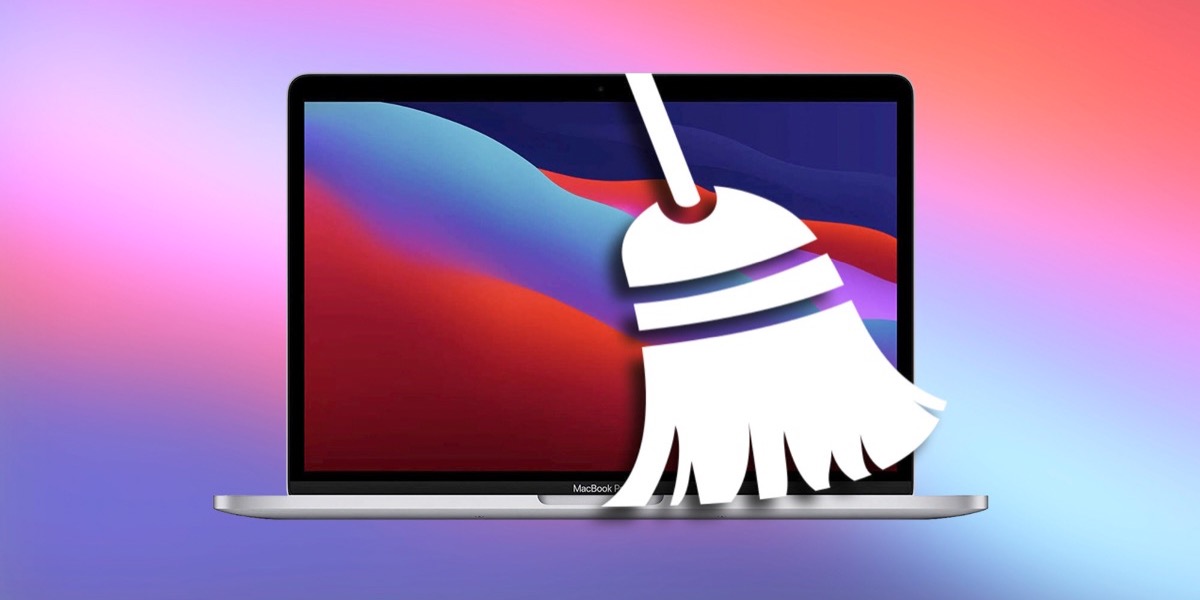News
The truth about hidden files on your Mac – and how to delete them for good
A very effective and simple to perform cleaning

- March 13, 2023
- Updated: July 2, 2025 at 2:50 AM

Storage space on our devices is an increasingly precious resource. It is common to find that our Mac hard drive or SSD drive fills up faster than expected and we need to free up space.
Volumes have been written about how to recover lost space on our devices. Recommendations vary depending on the source of the occupied space, and some of them include the use of third-party apps such as PC Manager, or space analyzers. However, there is a simple and effective way to recover space on our Mac: by pressing three keys.
A simple cleaning, but a little more in depth
By simply pressing Command (⌘) + Shift (⇧) + Dot (.), we can discover gigabytes of junk hidden on our Mac. Files that include leftovers left behind by some applications, files that we thought were deleted and other material that we can easily move to the trash can whenever we see it, not when it is hidden. This is precisely the function of this keyboard shortcut: to show us the hidden files on our Mac so we can clean them up.
It is a different approach, but very simple and effective. In general, when we talk about cleaning we always talk about those files that we know are there. We can delete downloads from the corresponding folder or tidy up the movies or photos we have stored in Documents, but too often the files are invisible.or photos that we have saved in Documents, but too often the files are invisible.
Too many times some applications leave files hidden in various folders, which can result in occupied space without us noticing it. Thus, it is important to take a look at these files to reclaim storage space from time to time. Applications such as Picasa or Office, for example, have a large temporary file folder that often appears directly on the Desktop.
During the cleaning let’s notice that the hidden folders have a softer color, like semi-transparent, which allows us to recognize them quickly. Once the hidden files are in view, our main locations of interest will be the user’s Home folder, which we can access by pressing Command (⌘) + Shift (⇧) + H, the Downloads folder, the Desktop folder and Documents.
Depending on the use we give to our Mac and the applications we have installed, we can find more or less items to delete. Just as we can see the Google storage space, on the Mac deleting that content that we know we will no longer use or that is related to applications that we no longer use, we recover a good amount of space. A simple cleaning, but a little more thoroughly, that can give us a pleasant surprise in the form of recovered space.
Architect | Founder of hanaringo.com | Apple Technologies Trainer | Writer at Softonic and iDoo_tech, formerly at Applesfera
Latest from David Bernal Raspall
You may also like
 News
NewsThis free streaming service is standing up to the biggest players: how does it do it?
Read more
 News
NewsArtificial intelligence is transforming advertising: for better?
Read more
 News
NewsCan Blizzard make a comeback in 2026?
Read more
 News
NewsThe best game of 2025 has been disqualified from the Indie Game Awards because of AI
Read more
 News
NewsThis way you can make your internet browsing more sustainable: for a more eco-friendly 2026
Read more
 News
NewsThey have just released one of the best movies of 2025 on SkyShotime: perfect for Christmas
Read more